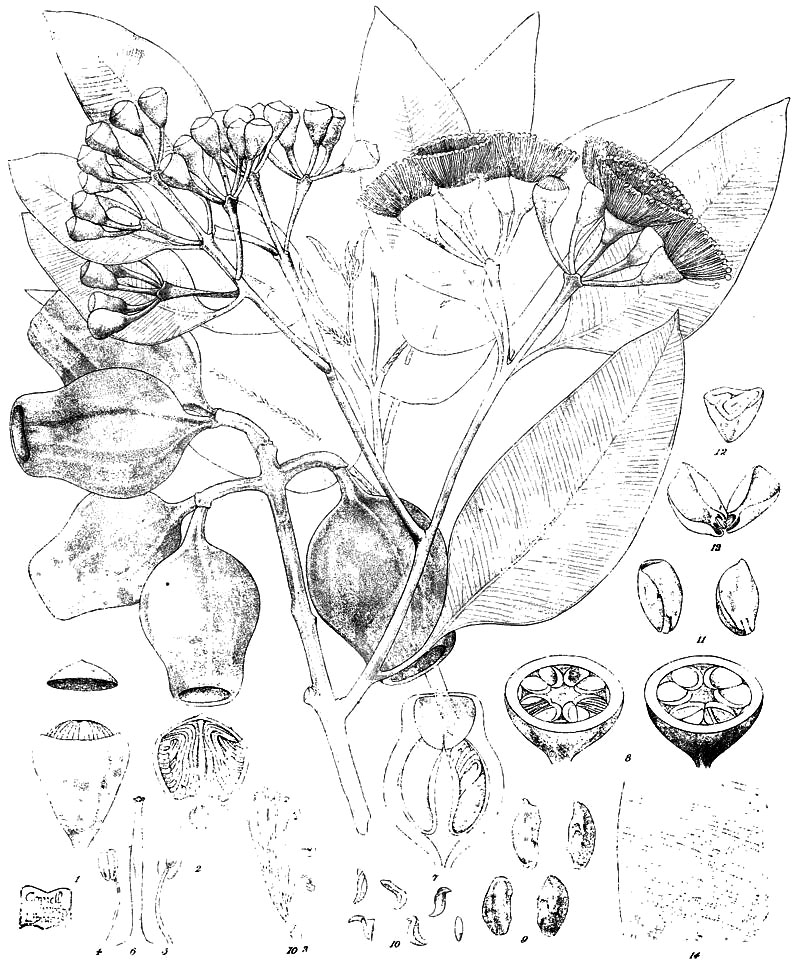Marri

Origin: Western Australia
Family: Myrtaceae
Subfamily: Myrtoideae
Tribe: Eucalypteae
Scientific name: Corymbia calophylla
Folk Names: Red gum, Port Gregory gum
Indigenous (Noongar) Names: Marri
Magical
Element: Water
Direction: West
Moon Phase: Dark moon
Day: Monday
Planet: Pluto
Zodiac: Scorpio
Parts used: Leaves, seeds, flowers, resin (best collected Sept-Nov)
Magical Properties: Health, cleansing, protection, resilience, exorcism, banishing
Substitutions: Melaleuca, camphor, lavender
Medicinal
Indigenous Medicinal Uses:
- The resin was ground to a fine powder and applied to wounds to reduce bleeding.
- Mixed with water, the resin was used in small quantities to treat upset stomachs, as well as as a mouthwash and disinfectant.
- The resin solution was also regarded as anti-inflammatory, and used topically to treat eczema.
- Seeds were eaten to treat diarrhoea and constipation.
- Leaves were crushed and vapour inhaled to treat headaches, sinusitis, and colds.
- The leaves could be heated and applied to the chest to treat colds.
- The smoke from the leaves was used to relieve respiratory complaints.
- Infusions of the flowers were consumed to purify the blood and treat diabetes.
Practical
Indigenous Uses:
- The powdered resin was used as a tanning agent for kangaroo skins.
- Smoke from the leaves was believed to be a good insect repellent.
- The flowers were soaked in water to make a sweet, refreshing drink (neip).
Botanical
Originally classified as a species of Eucalyptus, however characterised as a “bloodwood” (due to the red kino/sap) in the mid-1800s. Bloodwoods were officially officially moved to the new genus of Corymbia in 1995, along with ghost gums and spotted gums. These remain in the tribe Eucalypteae and are still commonly referred to as “eucalypts”.
Type: Evergreen tree (occasionally mallee)
Plant size: 40-60m
Bark: Rough, brown bark
Leaves: Broad, glossy green lance/egg-shaped leaves, 9-14cm long and 3-5cm wide
Flowers: Birak to
Djeran: Cream/pink stamens arrange circularly
Fruit: Large, woody, urn-shaped “gumnuts” (or “honky nuts”), which open to release large seeds
Etymology: Called “red gum” due to the excessive red, blood-like kino/gum/sap exuded when damaged. The genus name, Corymbia is from the Latin word corymbus, meaning “a corymb”.
